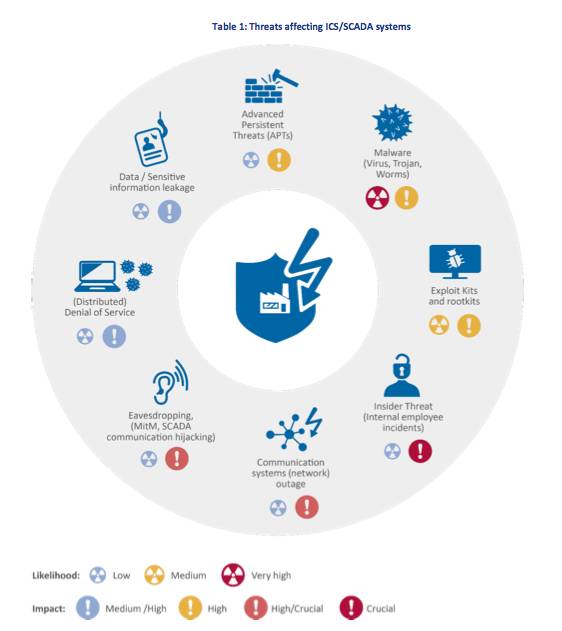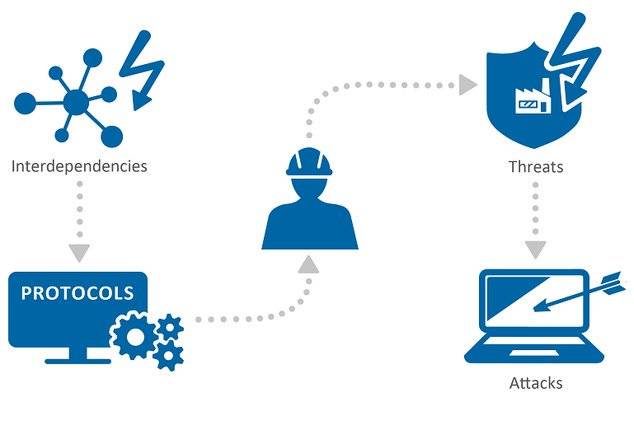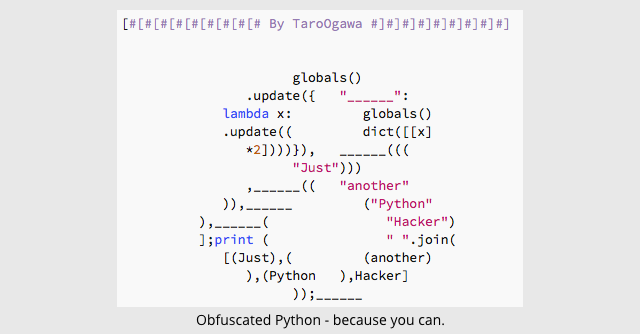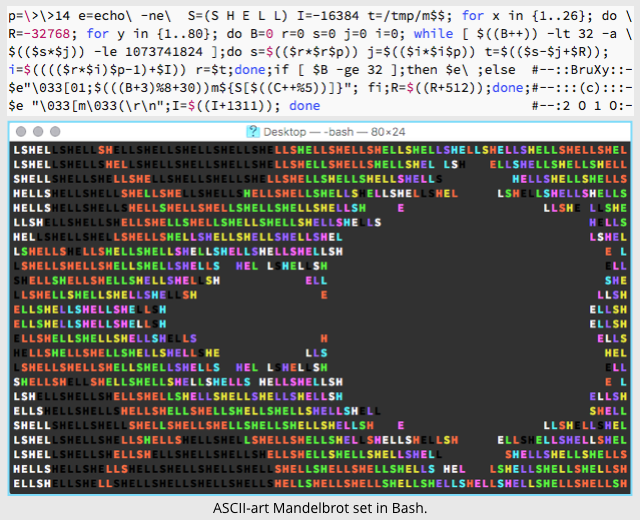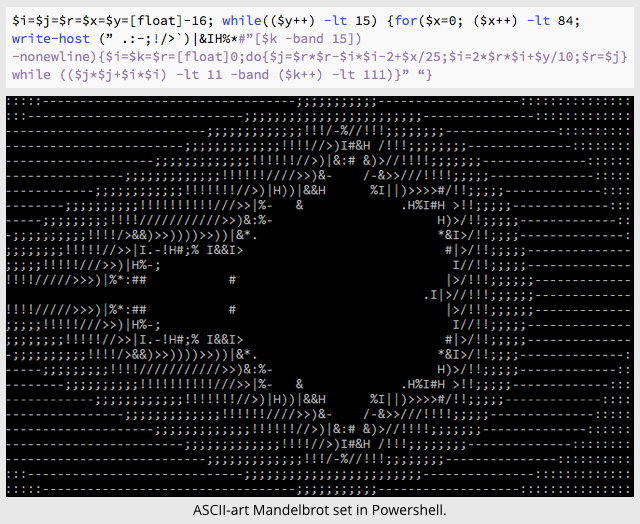Going on holiday? Here are our tips for a security-minded trip
With August looming, we at Naked Security won’t be the only ones getting ready to head off on holiday, so with the beach in mind, we’ve come up with some tips to help you plan a safer summer holiday (and with apologies to our readers in the southern hemisphere winter!)
Plan ahead! It wasn’t raining when Noah built the ark
If your travels are going to take you abroad, do your homework on what’s going on in the locale you are about to travel. Both the British Foreign Office and the US State Department issue travel alerts and warning on a regular basis. These are compiled by the diplomatic staff on the ground, and having a bit of fore-knowledge goes a long way when visiting a foreign land. US citizens can register their itinerary with the Department of State.
The Smart Traveler Enrollment Program helps the US embassy contact citizens in the event of an emergency in the country/city/area you are visiting and help family and friends get in touch with you during a crisis.
Make sure your emergency contact at home has a copy of your itinerary, lodging details and your local plans if any.
Passports: who are you?
Leave a color copy of your passport information page with your emergency contact and put a copy of the passport page in your folio or travel bag, kept separate from the passport itself. If you and your passport get separated, this will go a long way toward getting your new passport expedited at a consulate.
If you are traveling across borders with children, keep in mind that many countries require parental permission from everyone with parental responsibility. Check with the embassy of the country to which you are traveling for their requirements.
Luggage: make it easy for the bag to find you
Label all your bags with a name and your phone number – not your address: there’s no need to alert any passing stranger to the fact that your home is empty. Your name, phone number or email address is all you need to be reconnected with a lost bag. And take a photo of your bag: if it goes off on travels of its own in a country where you don’t speak the language, that photo answers the question “what does your bag look like?”
Money, money, money
Money cards, identity cards, insurance cards, etc are all to be found in our wallets and purses: make copies and leave them with your trusted contact at home. Or encrypt the data into a file and upload it to the cloud for retrieval in case of emergency.
Nothing is more disruptive than to go to pay at the beach café and have the proprietor tell you that there is a problem with your card. With today’s anti-fraud algorithms, the card you usually use in London or New York suddenly popping up in Corfu or Costa Rica will quickly be flagged as an anomaly: tell your card issuer where you’re going so that the algorithms leave you in peace.
Similarly, call your health insurance provider and determine what, if any health coverage you at the various locales included in your vacation.
Does this watch make me look like a million bucks?
There are two schools of thought on what you take on vacation with you as far as jewelry. One says only take with you that which you have insured, so that if it does get lost or stolen, you’ll be able to claim for it. The second is to leave anything valuable behind, preferably in a safe or in your bank’s safety deposit box.
If you do take valuables away with you and you’re planning to use the safe in your hotel room to store them, remember that it is only a semi-secure environment. The safe is to ensure those who are accessing your room (housekeeping, room service, maintenance) don’t have ready access to your valuables.
That safe can be opened in seconds by a person with the right device, and you can bet one or more of these devices are stored at the hotel so that when you forget your code, they can have you reunited with your valuables in moments. If you really don’t want it stolen from your room, keep it with you at all times. Or better yet, leave it at home.
Yes, we put heads in beds and we have WiFi
Is your hotel WiFi secure? Almost never, though there are a few exceptions. Remember the focus of the hotelier is to get your head on the pillow, and WiFi is not their primary objective: often the service is farmed out to a third-party.
If you’ve got a mobile signal (and a generous roaming allowance), use your cellphone as a hotspot instead.
If you must use the public or hotel WiFi, consider using a trusted VPN instead. (But even that isn’t a panacea – be careful!)
If you can’t be sure your connection is secure, please don’t conduct financial transactions. A 2015 AARP Washington study found that 95% of those surveyed (800 Washingtonians) used public WiFi hotspots in airports, hotels, and coffee shops, while 27% said they were using public WiFi for banking or shopping.
The lights are on, but no one’s home
We all have seen the house with the shades drawn and the living room light illuminated 24/7 for a fortnight. Yes, the Smiths are on vacation. And, if that were not enough of a giveaway, their mail is overflowing from the mailbox
Think about having your lights, radio and television go on and off at variable times. Our homes are smart, right? (We’ll leave to one side some of the issues with that for now … ) If not, inexpensive outlet timers work well for lights.
Sharing where you are, shares where you’re not
Every app we use now seems to ask us to provide our location for their marketing purposes, and many simply don’t function if you don’t allow the access – maps apps are an obvious example here.
If you lock your device down so that it isn’t broadcasting your location to all and sundry, then lock down the urge to share where you are while in travel mode.
Share where you’ve been rather than where you are is always a good rule of thumb, as movie star Hillary Duff will attest. Duff posted photos of herself and her five-year old son on vacation in Canada – shortly after doing so, her home in Los Angeles was robbed.
Packed and good to go
The good news for travelers visiting or returning home to the US is that the laptop ban has been lifted, which means you can now take your devices into the cabin. However, it still applies on some carriers to the UK from some destinations, so to round up our travel advice, here’s a summary of our tips for taking your laptop, tablet and other devices with you:
- Make sure your devices are encrypted, so that if they fall into malicious hands, your data is safe,
- If you must pack devices in hold luggage, wrap them in bubble wrap and put the bag containing the device inside another suitcase.
- Back up your data on to an encrypted drive and carry that in the cabin with you.
Enjoy your summer holidays, and stay safe.
Follow @NakedSecurity
Follow @burgessct
Article source: http://feedproxy.google.com/~r/nakedsecurity/~3/OMqWXXpkveI/

